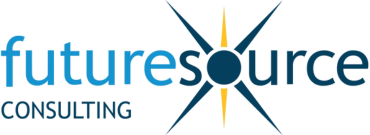World Hearing Day 2025 and the role of innovation in hearing health
On World Hearing Day, not only should we acknowledge the challenges that surround hearing health, but we also need to look to the transformative potential of technology in addressing them.
With 487 million people projected to experience hearing loss by 2028, and 38% under the age of 50, the urgency to drive awareness and accessibility has never been greater. Yet, only 8% of those affected own a hearing device, highlighting a critical adoption gap.
Advancements in audio for hearing health
Our latest Futuresource report underscores how innovation in hearables and hearing aids is reshaping the landscape. In 2023, conversation-enhancing hearables grew by 38%, and although 2024 saw a slight decline, 48 million units were still shipped. This momentum is fuelled by advancements like Bluetooth Low Energy (BLE), biometric monitoring and AI-driven noise suppression, making hearables much more than just audio devices. Now, they can play a real part in the improvement of hearing health.
Convergence is key
The convergence of hearables technology and traditional hearing aids is another key milestone on the road to hearing health. Our figures show that the hearing aid market grew 7% in 2024, reaching 29 million units, as AI and machine learning push the boundaries of noise suppression and personalised sound amplification. In addition, modern hearing aids can now offer fall detection and health monitoring, making them indispensable for aging populations.
The OTC explosion
We’re seeing a market in overdrive, with technological breakthroughs and bold moves creating both improvements to personal wellbeing and commercial opportunity. Another notable disruptor is the rise of Over-the-Counter (OTC) hearing aids, which surged from 0.6 million in 2023 to 1.8 million in 2024. These more affordable and accessible options are meeting consumer demand, but they now face competition from tech giants like Apple, whose hearing aid mode in AirPods Pro is redefining the category, with adaptive transparency and conversation enhancement.
Our Futuresource Global Hearables Market Outlook report paints a compelling picture. There is no doubt that technology is breaking down barriers to hearing health, bridging gaps in accessibility and enhancing the quality of life for millions.
This World Hearing Day, let’s champion awareness, embrace innovation and ensure that better hearing health rises up the world agenda.
For more on the Futuresource Hearables Report visit here.
About Futuresource Consulting
Futuresource Consulting, established in the 1980s, is a leading research and consulting firm specialising in global market analysis, forecasts and strategic insights. With a deep understanding of emerging trends and technologies, Futuresource helps businesses navigate complex markets and make informed decisions.
Press Contact: Nicola Finn, Marketing Manager, Futuresource Consulting, nicola.finn@futuresource-hq.com
Latest Professional Audio Reports
Latest Personal Audio Insights
